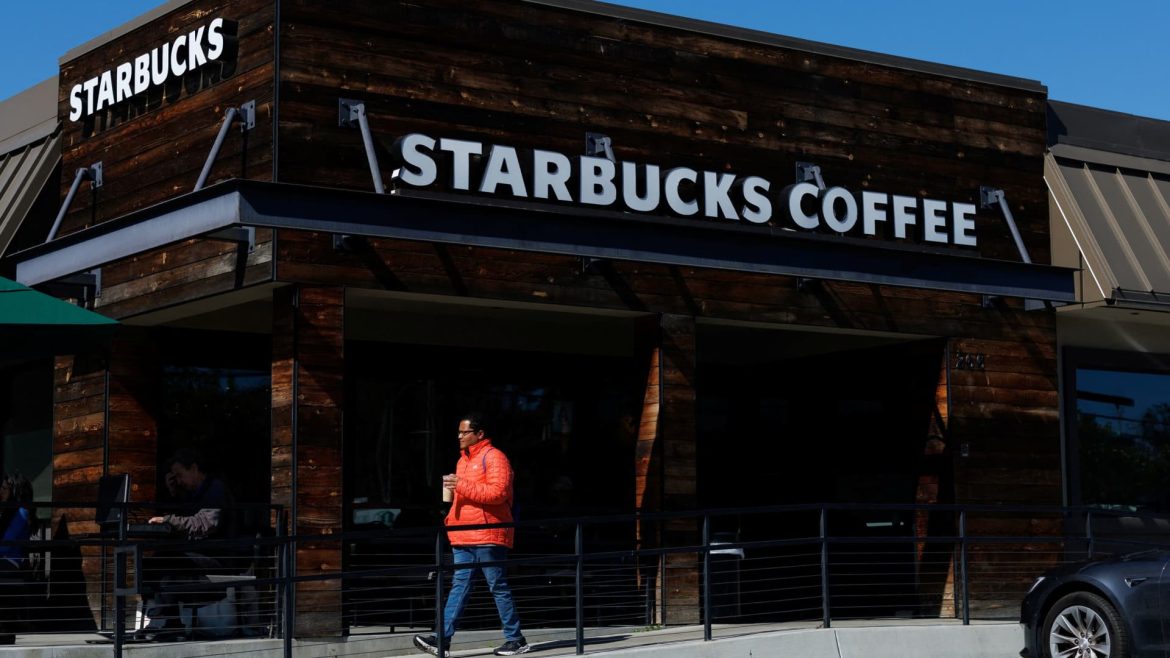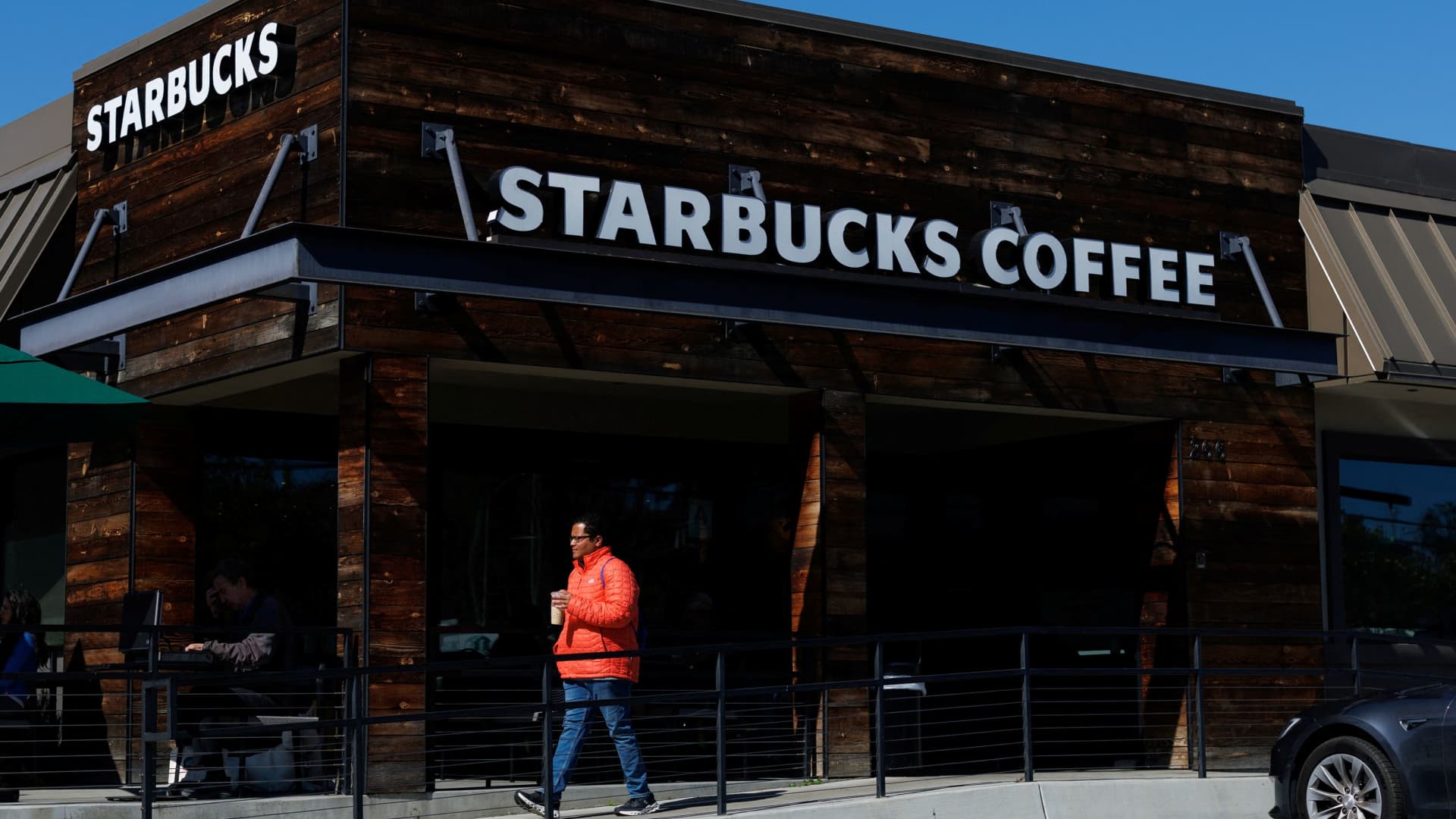The AI Revolution at Starbucks: Streamlining Service and Empowering Baristas
Starbucks is embarking on a significant technological transformation, leveraging artificial intelligence to enhance both the barista experience and customer service. This initiative, primarily focused on integrating Microsoft Azure’s OpenAI platform, aims to streamline operations, personalize customer interactions, and ultimately, boost efficiency. While some view AI with apprehension, forecasting job displacement, Starbucks frames this move as an investment in its employees, empowering them to deliver a more exceptional customer experience.
“Green Dot Assist”: The AI Barista’s Newest Ally
The cornerstone of this initiative is “Green Dot Assist,” a generative AI assistant slated for deployment in U.S. and Canadian stores in fiscal year 2026. The goal of Green Dot Assist is to simplify baristas’ tasks and speed up service. By providing quick access to information, automating routine procedures, and optimizing workflows, this AI assistant promises to allow baristas to focus on what truly matters: connecting with customers and crafting the perfect coffee experience.
A Phased Rollout: Beginning with 35 Locations
Before a full-scale launch, Starbucks plans a more measured approach, introducing the AI assistant in 35 locations this month. This phased rollout allows for real-world testing, data collection, and refinement of the system based on barista feedback and performance metrics. The implementation will be watched closely, and the results will inform future deployment strategies.
Addressing Operational Complexities
The need for AI-driven solutions stems from the operational complexities inherent in a large-scale coffee chain like Starbucks. The modern Starbucks menu is extensive, encompassing a wide variety of beverages, customization options, and food items. This presents challenges for baristas as they navigate complex recipes, manage orders, and maintain service speed.
Technology’s Role: Beyond Automation
Starbucks’ technological integration expands beyond simply automating tasks. The company employs a wide array of Azure cloud services and collaborates with Microsoft engineers to develop innovative solutions. This partnership includes leveraging data analytics tools like Power BI. This data is used not only to standardize product quality but also to provide insights into customer preferences and operational efficiencies.
“Siren Craft System”: Anticipating Demand
Another key technology being implemented is the “Siren Craft System,” which is being rolled out across the U.S. and Canada. This system aims to predict demand, enabling better inventory management and resource allocation. By anticipating peak hours and popular menu items, Starbucks can optimize staffing levels and ensure ingredients are readily available, minimizing wait times and maximizing customer satisfaction.
Personalization and Customer Connection
Starbucks recognizes the importance of human connection in its stores. The goal of incorporating technology isn’t to replace baristas but to enable them to be more present and engaged with customers. By streamlining tasks and freeing up time, baristas can build relationships with patrons, personalize orders, and enhance the overall Starbucks experience.
Investing in Baristas
Starbucks frames its AI investments as an investment in its workforce. Instead of replacing human employees, the objective is to augment their capabilities, equipping them with the tools and resources needed to excel in their roles. This approach underscores the company’s commitment to its employees and their belief that technology can be a powerful enabler of human potential. This move contrasts some public perceptions of AI, where anxiety exists that artificial intelligence will inevitably lead to job losses across multiple industries.
The “Green Apron Service” Model
The company aims to introduce an initiative known as the “Green Apron Service” model that is slated to roll out next month. This model aims for a widespread presence in approximately one-third of U.S. locations by the end of its 2025 fiscal year, which emphasizes the company’s commitment to evolving its service model.
Success Story: Increased Transactions
Early results from stores with additional baristas indicate a positive trend. In stores where Starbucks tested additional barista staffing, a growth in transactions was observed. This suggests that investing in human capital, alongside technological advancements, improves the customer experience and drives business growth.
Lessons from “My Starbucks Barista”
Starbucks’ previous experiences with AI-driven voice assistants, such as “My Starbucks Barista,” provide valuable insights into the potential of AI in the coffee industry. These early integrations allowed Starbucks to gather data, refine its algorithms, and develop a deeper understanding of customer preferences and behaviors.
OpenAI’s Impact
Starbucks has revolutionized the ordering experience with the introduction of “My Starbucks Barista,” an AI-driven voice assistant. Starbucks leveraged Microsoft’s Azure OpenAI Service, to access a pretrained GPT-3.
A Tech-Infused Future
Starbucks is strategically working towards a tech-infused future, focusing on enhancing the customer experience and enabling its workforce. This strategic direction involves close collaboration with Microsoft engineers and utilizing a range of Azure cloud services to explore new possibilities.
Potential Challenges and Considerations
While the potential benefits of AI at Starbucks are numerous, several challenges and considerations must be addressed:
- Data Privacy: As Starbucks collects and analyzes more customer data, it’s crucial to prioritize data privacy and security. Transparent data policies and robust security measures are essential to maintain customer trust.
- Training and Support: Effective training programs are needed to ensure that baristas can effectively use and leverage the new AI tools. Ongoing support and resources will be essential to address technical issues and maximize the value of these technologies.
- Algorithm Bias: Like all AI systems, “Green Dot Assist” and other tools are susceptible to algorithm bias. Careful attention must be paid to ensure that these systems are fair, equitable, and do not perpetuate existing inequalities.
- Maintaining the Human Touch: While technology can enhance efficiency and personalization, it’s crucial to preserve the human element of the Starbucks experience. Excessive reliance on automation could lead to a sterile, impersonal environment, undermining the company’s core values.
The Future of Coffee: A Blend of Technology and Human Connection
Starbucks’ foray into AI represents a significant step in the evolution of the coffee industry. By embracing technology thoughtfully and strategically, the company aims to create a more efficient, personalized, and engaging experience for both its employees and customers. Ultimately, the success of this initiative will depend on Starbucks’ ability to strike a balance between technological innovation and the human connection that defines its brand.





